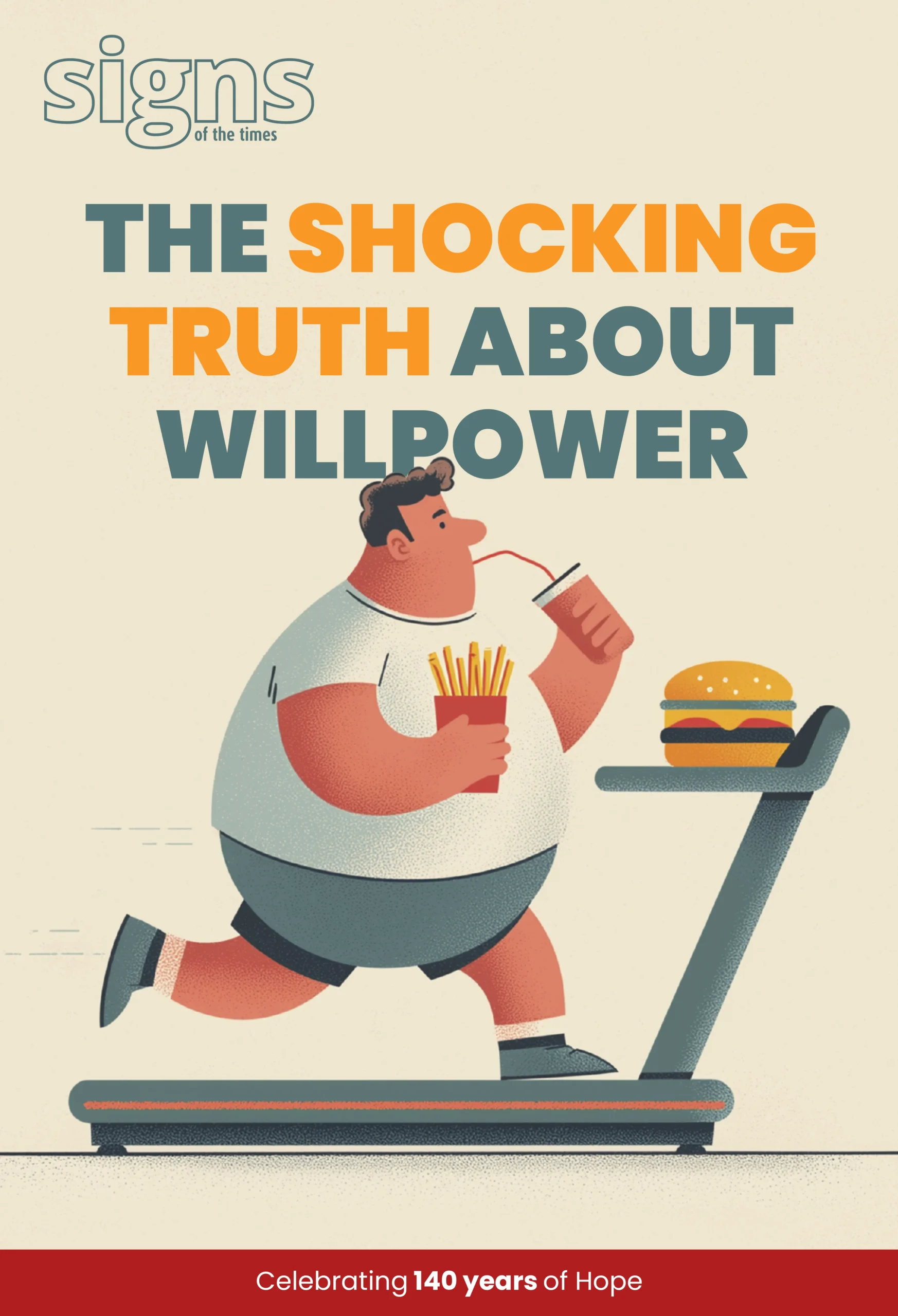
Jesus said, “Do not worry about tomorrow, for tomorrow will worry about itself. Each day has enough trouble of its own” (Matthew 6:34). In other words, stay present! In the modern world we call this mindfulness. Mindfulness is the practice of being present and engaged in whatever we are doing, free from distraction or judgement. The ability to “not worry about tomorrow” and be present in the moment has a myriad of health benefits. One benefit that might come as a surprise to you is the reduction of pain.
To understand how mindfulness works to reduce pain, it is important to have a basic understanding of the science of pain. You might have to concentrate for a few minutes—but stay with me.
how pain works
Modern pain science describes pain as a protective output of the brain after the brain has analysed the threat of incoming messages from the body. These messages include noxious sensory input that occurs during injury. The noxious input to the brain and spinal cord via the nerves is called nociception. Nociception has previously been used synonymously with pain, but modern pain science has discovered that this is only one piece of the puzzle. Nociception is better explained as a danger message from the body than a pain message. Pain is produced once the brain analyses these danger messages and decides that there is a significant threat. Of course, this all happens within moments and involves both conscious and unconscious processing by the brain.
The ability to “not worry about tomorrow” and be present in the moment has a myriad of health benefits.
The brain’s role in producing pain helps us explain the poor relationship between pain and damage that we have all experienced. You know those bruises that mysteriously appear? Clear damage, no pain. Or that paper cut that hurts much more than when you cut your finger open? Little damage, lots of pain. Or the pain that intensifies in the days or weeks following an injury? Less pain at the time of damage but more as time goes on. Pain is complex.1
A key to understanding pain is that the mind and body interact to produce it. It is a two-way street, not a one-way street from the body to the brain, as commonly thought. The concept that pain is a protective output of the brain based upon perceived threat helps us understand why mindfulness can alleviate pain. If pain was simply determined by the amount of damage inflicted on the body, mindfulness would only help us deal with the secondary consequences of pain such as psychological distress. It wouldn’t alleviate the pain itself.

As a physiotherapist who has completed studies in pain science, I believe that mindfulness reduces the output of pain by considering the incoming danger messages from the body as less of a threat. One possible mechanism of how mindfulness leads to reduced pain is through its ability to reduce inflammatory markers . . . the same markers that are known to increase pain.2 There are many plausible mechanisms behind the effect of mindfulness for pain but the important thing for those experiencing pain is that mindfulness does help. One study that included 115 participants showed that mindfulness reduced pain severity for up to three months after an eight-week mindfulness program. This research supports the idea that the mind and body are inextricably linked and both have a role to play when it comes to pain.
developing mindfulness
So, how do we develop mindfulness? I personally feel present while I’m running in the rain, watching dolphins in the surf, spinning the pedals of my bicycle, walking down the street on a European holiday or simply enjoying a good meal. If you think hard enough you will be able to think of your own moments when there was no world or time beyond the present moment. You, like me, are probably quite fond of these moments but sadly, they are often drowned out by the chaos of modern life. One way to train mindfulness in your everyday is through the practice of meditation. And no, it doesn’t have to be weird.
Do not worry about tomorrow, for tomorrow will worry
jesus, matthew:6:34
about itself. Each day has enough trouble of its own.
While mindfulness is the ability to be more present, meditation is a way in which we can get better at it. There are many ways we can do this. You might want to try a few different methods to see what works best for you.
Meditation is one way we can start becoming more present and less distracted in everyday life. The goal of meditation is not to empty the mind but to let our busy thoughts come and go. The analogy of sitting and watching the traffic go by is often used to describe meditation. The cars in the analogy are your thoughts. The idea is to let your busy thoughts come and go like passing cars. A great way to train this ability is to focus your attention (commonly on the breath) so to have an anchor to bring your mind back to when you get distracted. The idea is not to escape your thoughts but to allow yourself to return to a state of calm, focused attention. Meditation changes the brain to enable us to be calmer and more present in everyday life.

For some, meditation is seen as a science-based tool for improving wellbeing. For others it’s “woo-woo”, and for a minority it’s even considered an evil eastern religious practice. I see meditation as exercise for the brain, like lifting weights is for the muscles. If you are religious, consider the words of the poet who said, “Blessed is the one who does not walk in step with the wicked or stand in the way that sinners take or sit in the company of mockers, but whose delight is in the law of the Lord, and who meditates [emphasis added] on his law day and night. That person is like a tree planted by streams of water, which yields its fruit in season and whose leaf does not wither—whatever they do prospers” (Psalm 1:1–3).
Meditation helps us develop the skills to follow the advice of Jesus to “not worry about tomorrow” and it enables us to savour more of the joyful, peace-filled moments where the entire universe revolves around what is in front of us . . . not to mention a more pain-free life.

1. David S Butler & G Lorimer Moseley, Explain Pain, Second edition. NOI Group, 2013.
2. Stuart Porter, Psychologically Informed Physiotherapy: embedding psychological perspectives within clinical management. Elsevier, 2017.









